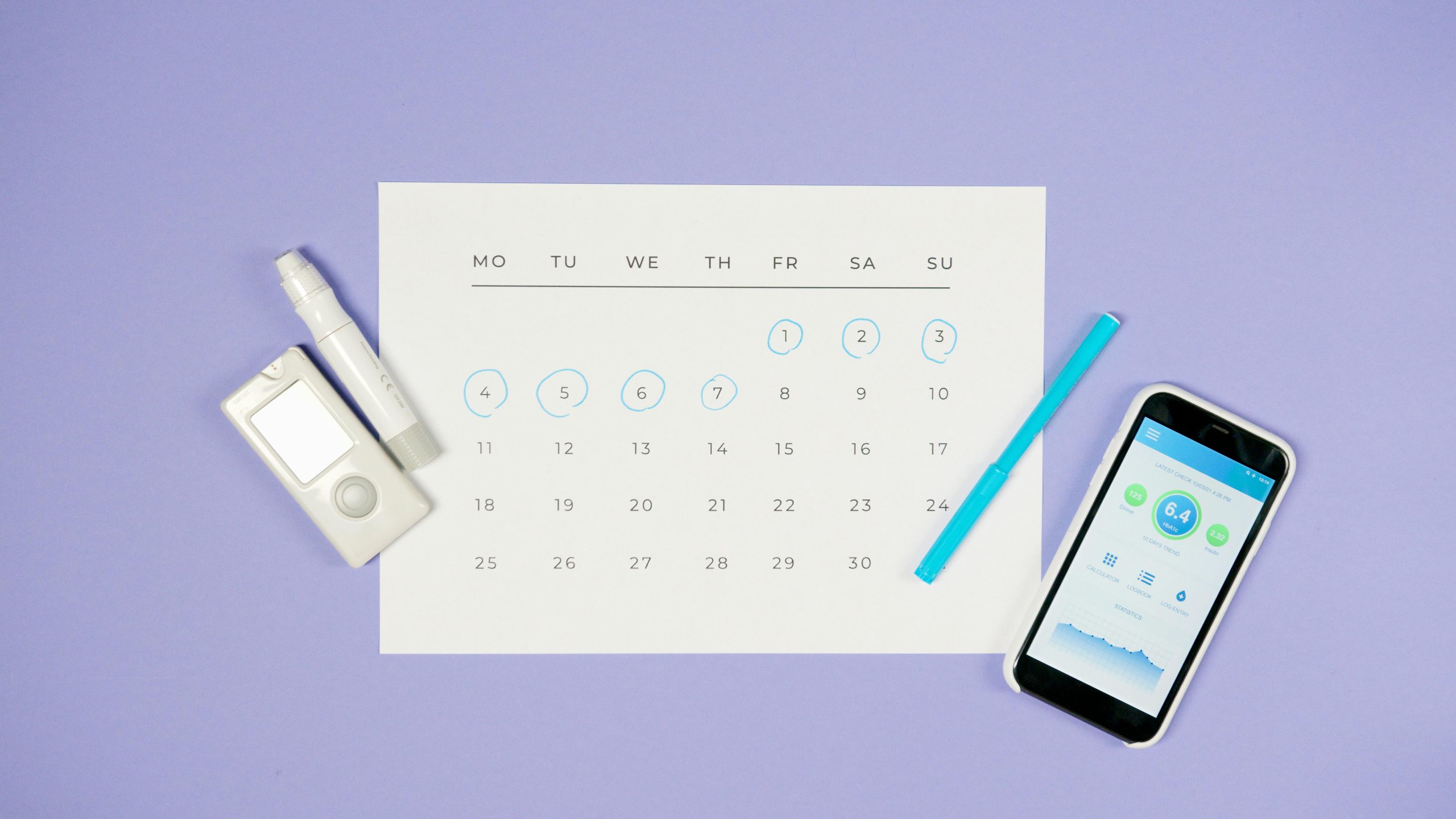The healthcare industry is undergoing a digital transformation, and at the heart of this revolution are IoT medical devices. These smart, connected technologies are reshaping how patient data is collected, analyzed, and utilized in real time. By seamlessly integrating with healthcare systems, IoT medical devices provide unprecedented insights into patient health, enabling faster diagnoses, personalized treatments, and improved outcomes. This article explores how IoT is enhancing real-time patient data collection and the profound impact it’s having on modern medicine.
The Role of IoT in Modern Healthcare
IoT, or the Internet of Things, refers to a network of interconnected devices that collect and exchange data. In healthcare, IoT medical devices range from wearable fitness trackers to advanced implantable sensors. These devices continuously monitor vital signs, medication adherence, and other critical health metrics, transmitting data to healthcare providers in real time.
The benefits of IoT in healthcare are vast:
- Continuous Monitoring: Unlike traditional methods, IoT devices provide round-the-clock data, reducing gaps in patient observation.
- Early Detection: Real-time alerts enable healthcare providers to intervene before conditions worsen.
- Remote Care: Patients can receive high-quality care from the comfort of their homes, reducing hospital readmissions.
- Data-Driven Decisions: Aggregated data helps physicians make informed, personalized treatment plans.
Key IoT Medical Devices for Real-Time Data Collection
Several IoT medical devices are leading the charge in real-time patient monitoring. Here are some of the most impactful technologies:
Wearable Health Monitors
Devices like smartwatches and fitness bands track heart rate, blood oxygen levels, sleep patterns, and physical activity. Advanced wearables can even detect irregular heart rhythms, such as atrial fibrillation, and alert users to seek medical attention.
Implantable Sensors
Implantable devices, such as cardiac monitors and glucose sensors, provide deeper insights into chronic conditions. For example, continuous glucose monitors (CGMs) help diabetic patients manage their blood sugar levels by sending real-time updates to their smartphones or doctors.
Smart Inhalers
For asthma and COPD patients, smart inhalers track usage patterns and environmental triggers. This data helps physicians adjust treatment plans and improve medication adherence.
Remote Patient Monitoring (RPM) Systems
RPM systems use a combination of IoT devices to monitor patients with chronic illnesses at home. These systems can track blood pressure, weight, and other metrics, reducing the need for frequent hospital visits.
Benefits of Real-Time Patient Data Collection
The ability to collect and analyze patient data in real time offers numerous advantages for both healthcare providers and patients:
- Improved Accuracy: Automated data collection minimizes human error, ensuring more reliable health records.
- Enhanced Patient Engagement: Patients become active participants in their care, leading to better adherence to treatment plans.
- Cost Efficiency: Early intervention and remote monitoring reduce hospitalizations and healthcare costs.
- Personalized Medicine: Real-time data allows for tailored treatments based on individual health trends.
Challenges and Considerations
While IoT medical devices offer immense potential, their adoption comes with challenges:
Data Security and Privacy
With sensitive health data being transmitted wirelessly, cybersecurity is a major concern. Healthcare providers must implement robust encryption and compliance measures to protect patient information.
Interoperability
Different IoT devices often use varying protocols, making integration with existing healthcare systems difficult. Standardization efforts are needed to ensure seamless data sharing.
Regulatory Compliance
IoT medical devices must adhere to strict regulations, such as HIPAA in the U.S. and GDPR in Europe. Manufacturers and providers must stay updated on evolving compliance requirements.
Patient Adoption
Not all patients are comfortable using IoT devices, especially older adults. Education and user-friendly designs are essential to encourage widespread adoption.
Conclusion
IoT medical devices are revolutionizing healthcare by enabling real-time patient data collection. From wearables to implantable sensors, these technologies empower providers with actionable insights while improving patient outcomes. Despite challenges like data security and interoperability, the benefits far outweigh the drawbacks. As IoT continues to evolve, its role in healthcare will only expand, paving the way for a smarter, more connected future in medicine.
